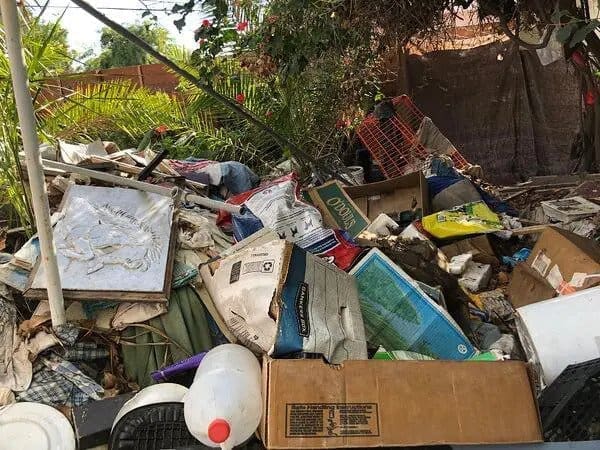Hoarding is an issue and a large factor in many of the nuisance cases our firm works on. A lack of code compliance and decreased quality of life is often the result of hoarding. Although the topic of hoarding has become more well known due to things like television shows that discuss the topic, there is still limited understanding that hoarding has on communities. We found a great article from Griswold Law that addresses hoarding and the effects it has on property and communities.

According to the American Psychiatric Association, hoarding is a disorder in which someone has extreme difficulty discarding items that others may sometimes view as valueless. This disorder leads to extreme clutter and disrupts their ability to function in their living and workspace. Hoarding is not simply being messy or collecting something. Hoarding is an extreme accumulation of a variety of materials.
Hoarding doesn’t only affect those who are afflicted, however. Hoarding can have an enormous effect on homes, family members, and entire communities and neighborhoods. While one person has the disorder, the consequences of hoarding are far-reaching.
In this article, we will explore how hoarding and its physical effects can have long-term consequences for both the hoarder’s property, as well as the property of their neighbors.
The Impact of Hoarding on the Property
The living conditions in a hoarder’s home can deteriorate quickly and become hazardous for anyone who lives there or who lives nearby. The typical hoarder can accumulate items such as newspapers, mail, books, clothing, boxes, and plastic bags. Garbage or rotten food is also commonly hoarded.
Because of this, a hoarder’s home poses specific health and safety hazards to all residents and neighbors including:
- Mold growth
- Pest infestations
- Structural damage
- Fire hazards
- Tripping hazards
- Respiratory diseases and infections
Besides health and safety, hoarding often affects the physical property of the hoarder as well. For example, hoarders often do not make efforts to keep their property in good repair. The amount of stuff in a hoarded home restricts technicians from performing maintenance on HVAC, electrical systems, and plumbing. Problems with these systems can result in flooding, sewage backup, and other damaging consequences.
The structural integrity of the home can also be compromised by rodent infestations as they make holes in walls, break ductworks, chew wiring, and damage the internal structures of the home. Mold grows quickly, and in large amounts, and can not only endanger people’s health but can also damage structural materials.
In short, the effects of hoarding can damage the structural integrity of a home quickly and permanently, lowering property values well below where they should be.





